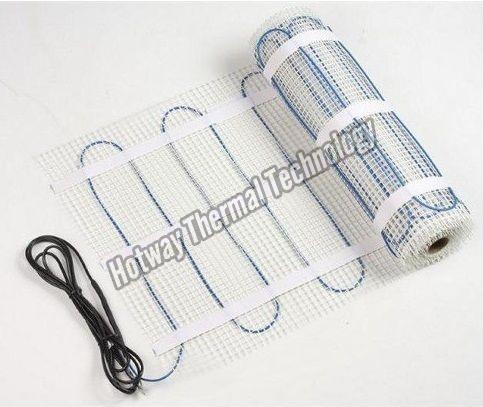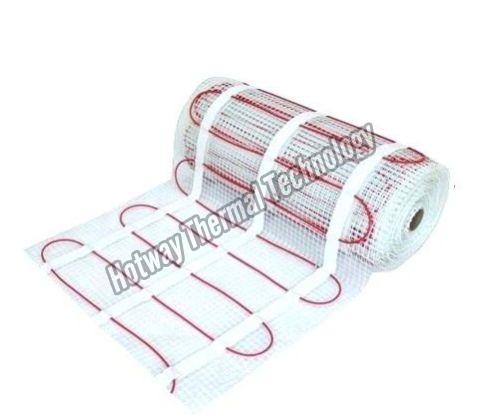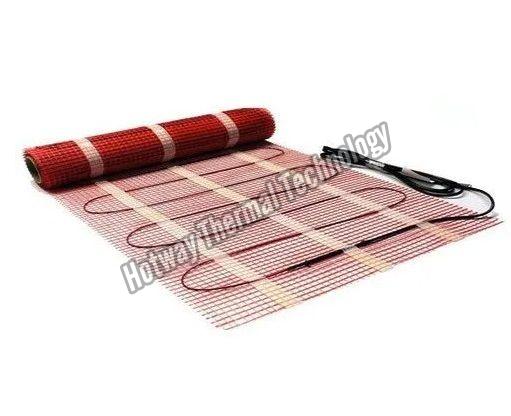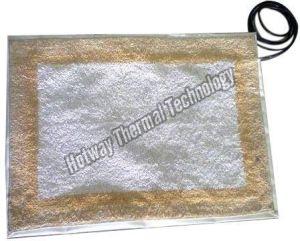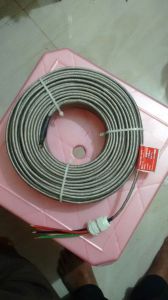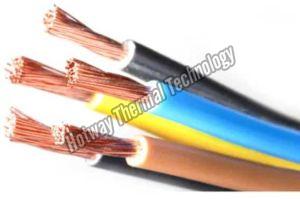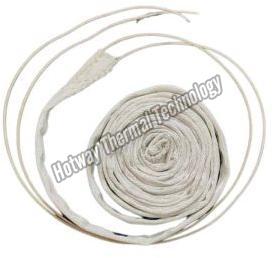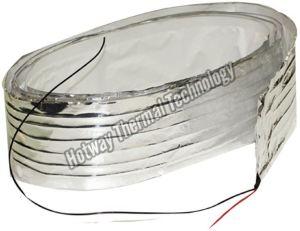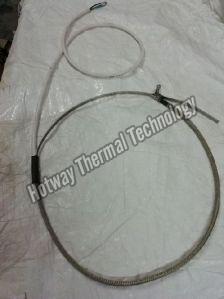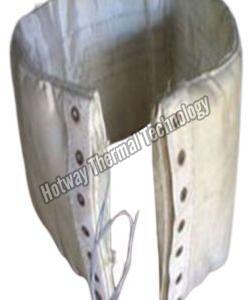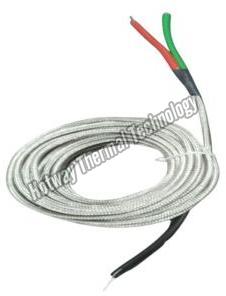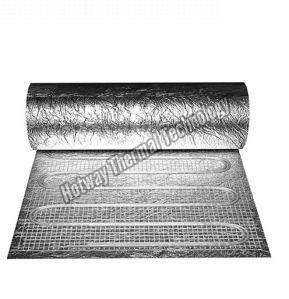- View Mobile Number
- GST NO. : 09AZXPK9522B1ZY
| Business Type | Manufacturer, Exporter, Supplier, Retailer |
| Material | Copper Alloys |
| Voltage | 110 – 230 V |
| Heater Material | PTFE |
| Click to view more | |
Product Details
These Floor Heaters are designed for a variety of applications. Modern underfloor heating systems use electrical resistance elements (“electric systems”) to heat the floor. This type can be installed as the primary, whole-building heating system or as localized floor heating for thermal comfort.
Under floor heating is a form of central heating which achieves indoor climate control for thermal comfort using conduction, radiation and convection. The terms radiant heating and radiant cooling are commonly used to describe this approach because radiation is responsible for a significant portion of the resulting thermal comfort but this usage is technically correct only when radiation composes more than 50% of the heat exchanged between the floor and the rest of the space.
Floor heating systems are used only for heating and employ non-corrosive, flexible heating elements including cables, pre-formed cable mats. Due to their low profile they can be installed in a thermal mass or directly under floor finishes. Electric systems can also take advantage of time-of-use electricity metering and are frequently used as carpet heaters, portable under area rug heaters, under laminate floor heaters, under tile heating, under wood floor heating, and floor warming systems, including under shower floor and seat heating. Large electric systems also require skilled designers and trades people but this is less so for small floor warming systems. Electric systems use fewer components and are simpler to install and commission than hydronic systems. Some electric systems use line voltage technology while others use low voltage technology. Power consumption of an electric system is not based on voltage but rather wattage output produced by the heating element.
Indoor Air Quality
Underfloor heating can have a positive effect on the quality of indoor air by facilitating the choice of otherwise perceived cold flooring materials such as tile, slate, terrazzo and concrete. These masonry surfaces typically have very low VOC emissions (volatile organic compounds) in comparison to other flooring options. In conjunction with moisture control, floor heating also establishes temperature conditions that are less favorable in supporting mold, bacteria, viruses and dust mites.[24][25] By removing the sensible heating load from the total HVAC (Heating, Ventilating, and Air Conditioning) load, ventilation, filtration and dehumidification of incoming air can be accomplished with dedicated outdoor air systems having less volumetric turnover to mitigate distribution of airborne contaminants. There is recognition from the medical community relating to the benefits of floor heating especially as it relates to allergens.
Safety and Health
Low temperature underfloor heating is embedded in the floor or placed under the floor covering. As such it occupies no wall space and creates no burn hazards, nor is it a hazard for physical injuries due to accidental contact leading to tripping and falling. This has been referenced as a positive feature in healthcare facilities including those serving elderly clients and those with dementia Anecdotally, under similar environmental conditions, heated floors will speed evaporation of wetted floors (showering, cleaning, and spills).

